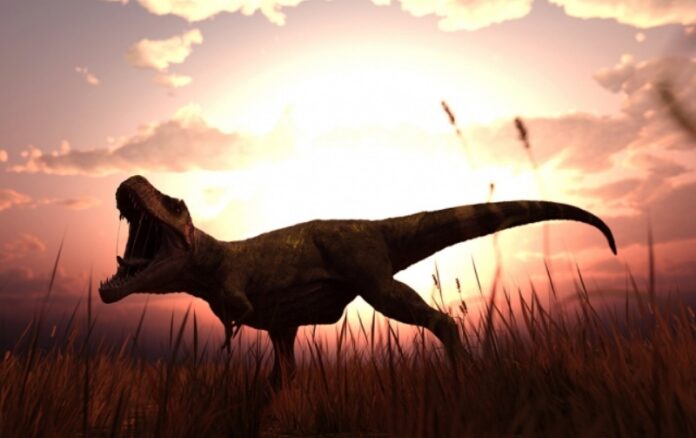Scientists have come to the conclusion that an asteroid, which fell to Earth 66 million years ago, provoked a global disaster and a sharp change in climate. This discovery opens a new chapter in understanding the mass extinction of dinosaurs and its consequences. According to a study published in Nature Geoscience, the asteroid has caused an abundant wave of dust, which led to a shutter of sunlight and frost, causing many species to die.
According to scientists, the total amount of dust raised during the collision of the asteroid was about 2 thousand hyigon, which is 11 times the weight of Mount Everest. Simulation of events showed that this fine -grained dust could block photosynthesis for two years, making the atmosphere opaque for sunlight.
Planetologists noted that the dust remained in the atmosphere for 15 years, which caused a long period of darkness and cold. This stopped photosynthesis and led to the death of plants and, therefore, herbivorous dinosaurs. Predators also lost access to prey, which led to mass extinction. In maritime ecosystems, the death of phytoplankton led to the destruction of food chains, which affected marine reptiles and other species.
However, the victims of this catastrophe were the winners. Dinosaur extinction opened the road to mammals, allowing them to occupy the top in the food chains.
This study changes the idea of the causes of dinosaur extinction and gives a more detailed idea of what types of survived in these extreme conditions. Scientists can now study the effects of this catastrophe and its impact on the development of living organisms on Earth.


